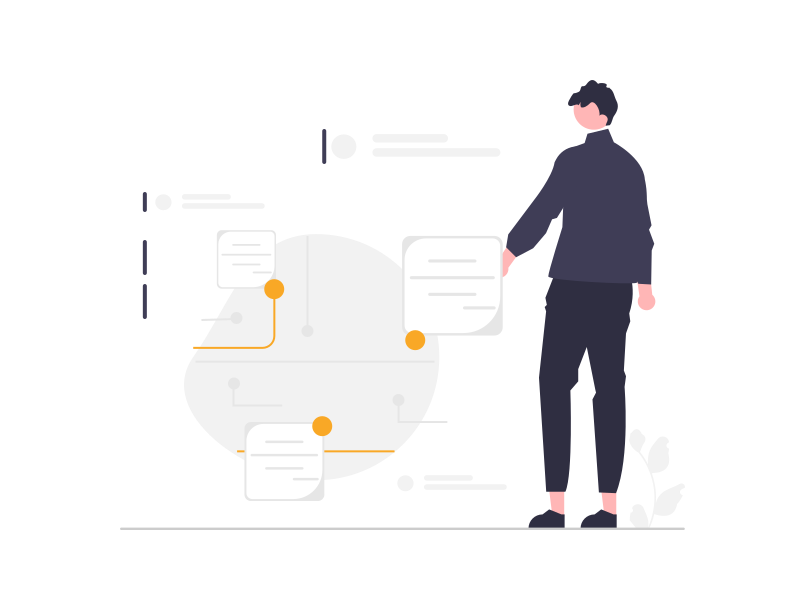IT Purchase Regret
By: Ciopages Staff Writer
Updated on: Feb 25, 2023

Do you experience IT Purchase Regret? If so, you are not alone. Given the inflationary environment, and the potential threat of recession on the horizon, capital spending on technology acquisition is a mission-critical decision. Unfortunately, corporate buyers of enterprise software often have buyer’s remorse or purchase regret soon after significant purchases. This regret is not necessarily a consequence of tighter economic conditions, but it is more pronounced, and the effects of wrong purchase decisions often exacerbate beyond the norm. Gartner survey brought this issue to the fore.
How do enterprises avoid buyer’s remorse or purchase regret? What are the appropriate steps and purchasing process that would minimize regret? How can companies build an escape hatch into long-term commitments?
Here are six tips for avoiding or at least minimizing the regret factor.
How to Avoid IT Purchase Regret?
Firm Grasps of Business Needs:
It may be evident that business needs should drive technology decisions, but many companies get this step wrong. There is a perceived business need and an actual business need. Plus, superficially, a business need does not translate to a specific software solution – as there are various niche categories and specializations. For example, if you are looking for sales software, whether the company focuses on Account-based Marketing (ABM) or product-led growth (PLG) makes a difference.
Similarly, when looking at a content management solution, unless it is clear as to the vision and purpose, the range of options – from website builders to full-fledged enterprise content management suites – will be bewildering.
Lastly, the business teams may express their wants and desires based on the current situation. Still, it is best to plan for 24-36 months ahead as the friction and cost of shifting to a new solution based on unique factors is expensive, involves significant effort, and poses change management challenges.
Rapid and Reliable Economic Justification:
Developing a business case is often a checkbox item in many enterprises. Project managers work with a few domain experts to fill in a template, and the numbers are often way off. Companies lack the rigor of post-mortem into the wildly unrealistic business models.
Hence, a realistic and reliable economic justification is necessary to avoid regret. Sometimes, even if the ROI on paper is unclear, the need for that technology may be indisputable.
Executives approving the projects and evaluating business cases must dig deeper and not focus on positive ROI as the sole driving factor. Are the numbers reliable? Are the assumptions accurate? Are future scenarios considered? And do the projections meet the smell test?
Thorough Product and Vendor Evaluations:
Today, enterprise buyers have access to tremendous resources to research software solutions and the vendors thereof.
Traditional analyst reports are one source of information, mainly the various matrices. In addition, third-party review sites like G2Crowd, TrustRadius, and similar venues provide ratings and reviews from actual users.
Companies can also rely on newer employees who may have used tools under consideration at their previous employer.
In addition to evaluating whether a technology fits the purpose, business viability, financial strength, partnering culture, and support quality also should influence your vendor and technology decision.
Pilots or Proof of Concepts:
Before committing to a big ticket purchase, taking a small but critical use case and asking the vendors to implement their solution as a proof of concept or a small pilot in one of the divisions lowers risk and engenders a better understanding of the solutions.
Of course, one cannot have a dozen vendors conduct POCs (Proof of Concepts) running around the company. Proof of concept works when the bake-off is limited to no more than three vendors (preferably two), and the use case is limited but highly relevant and focuses on bringing out the best features the vendor technology has to offer.
Termination Clauses:
Any multi-year contract commitment should include a way out, even if it involves some penalties or foregoing of discounts. Of course, attorneys on both sides will try to include clauses that benefit each side, but a good contract addresses both sides’ critical concerns.
Change Management:
Most technologies don’t fail at a technical level but suffer from a lack of adoption. Hence, change management is essential for success in rolling out transformational technology platforms.
Companies often pay little attention and allocate limited budgets to change management. This is a mistake. Change management encompasses the mindset change as well as training to make the transformation palatable and usable.
If you follow these tips, you will reduce your suffering from buyer’s remorse and IT purchase regret to a large degree.